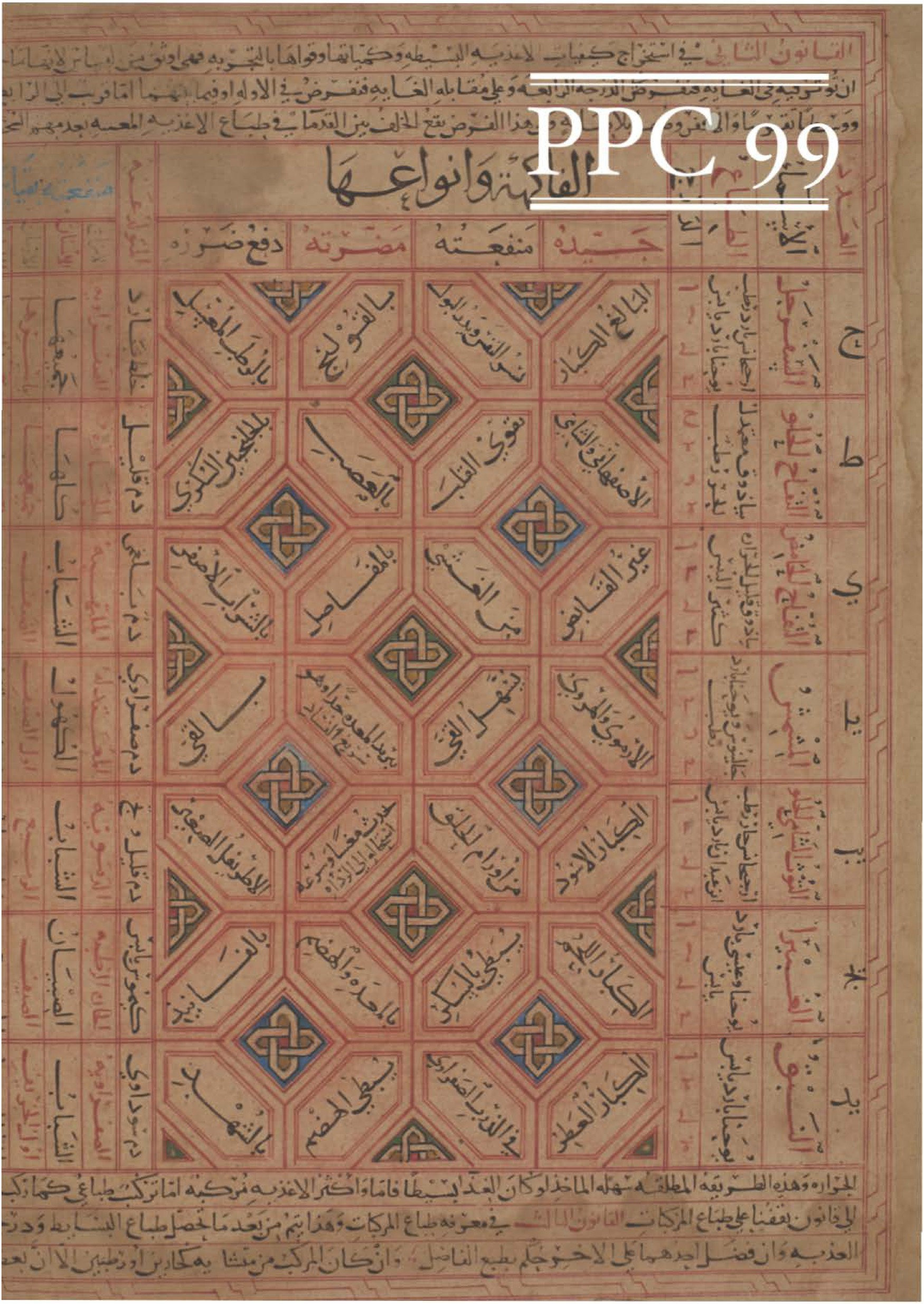Service à la russe
or à la nordique?
DOI:
https://doi.org/10.1558/ppc.28449Keywords:
dining customs, Service à la russe, formal meals, France, Scandinavia, early 19th-century, Russia, table service, social history, linear service, meal courses, historical diaries, memoirs, travel writing, dining etiquette, social normsAbstract
In the course of the nineteenth century, the organization of formal meals in France and other countries gradually changed character. The old service à la française consisted of three or more sequences, with a great number of dishes arranged symmetrically on the table. The new system was linear, with dishes served one by one to the guests. The carving had already been done in the kitchen or on a sideboard, contrary to the earlier practice when fish and fowl and ornamental dishes were placed decoratively on the table. Instead of leaving the guests to choose what they wanted from the various foods in front of them, each diner now received exactly the same dishes. The French named this system service à la russe, and this has later been the accepted term in literature about culinary history. But would a better or more correct designation be service à la nordique?

